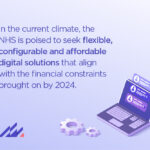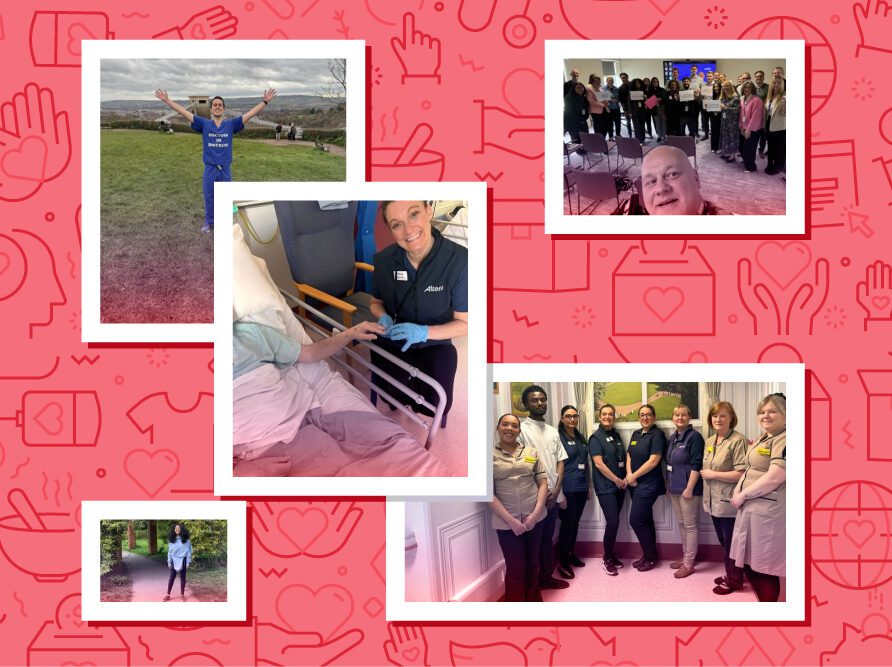Article
Navigating financial realities: A pragmatic approach to NHS digitisation in 2024
As we start this new year, I think it is important to take a moment to reflect on the milestones reached. One standout achievement is the NHS hitting the government’s target for 90% EPR coverage by the end of 2023. This accomplishment becomes even more commendable against the backdrop of reduced technology budgets and the operational hurdles faced, including issues like bed blocking and ambulance delays.
Looking ahead to 2024, adapting to the increasingly challenging financial landscape emerges as a top priority. A pragmatic shift is anticipated, where planned investments for frontline digitisation might be redirected to Integrated Care Systems (ICSs). The remaining funds may be earmarked for the least digitised trusts, which will likely create a scenario that demands resilience and adaptability from these trusts.
The pressure intensifies, especially for the Group Two trusts, as they grapple with extending or configuring their EPR to meet the core level of digitisation without the prospect of additional funding. Ambitious targets persist amid diluted tech funding, necessitating a strategic focus on cost-effective solutions.
 In the current climate, the NHS is poised to seek flexible, configurable and affordable digital solutions that align with the financial constraints brought on by 2024. The luxury of investing in systems with prolonged implementation timelines, patient safety concerns and budget exhaustion is no longer tenable. Prioritising solutions that can swiftly adapt is imperative in ensuring progress in digitalisation remains feasible for NHS trusts.
In the current climate, the NHS is poised to seek flexible, configurable and affordable digital solutions that align with the financial constraints brought on by 2024. The luxury of investing in systems with prolonged implementation timelines, patient safety concerns and budget exhaustion is no longer tenable. Prioritising solutions that can swiftly adapt is imperative in ensuring progress in digitalisation remains feasible for NHS trusts.
Moreover, the need for flexibility extends beyond cost considerations. A nimble system not only addresses digital challenges but also empowers trusts to leverage their EPR to tackle other operational issues. Poor patient flow, a persistent problem, could find solutions within the capabilities of a well-integrated and flexible EPR system. The interoperability of these technologies becomes paramount, creating a holistic approach to healthcare problem-solving.
In 2024, we believe it is crucial to deprioritise suppliers that are unwilling or unable to interoperate. This strategic shift is not just about the efficiency of the system—it also directly affects patient outcomes. The harmony and seamless interaction of various technologies can play a pivotal role in overcoming operational challenges, ultimately enhancing the quality of care.
Looking ahead, the NHS stands at a crossroads: Financial realities necessitate a pragmatic approach to digitisation to ensure better value for taxpayers. The challenges are significant, but by embracing cost-effective, flexible solutions and prioritising interoperability, the NHS system can continue its journey towards a more digitally advanced and patient-centric future.













